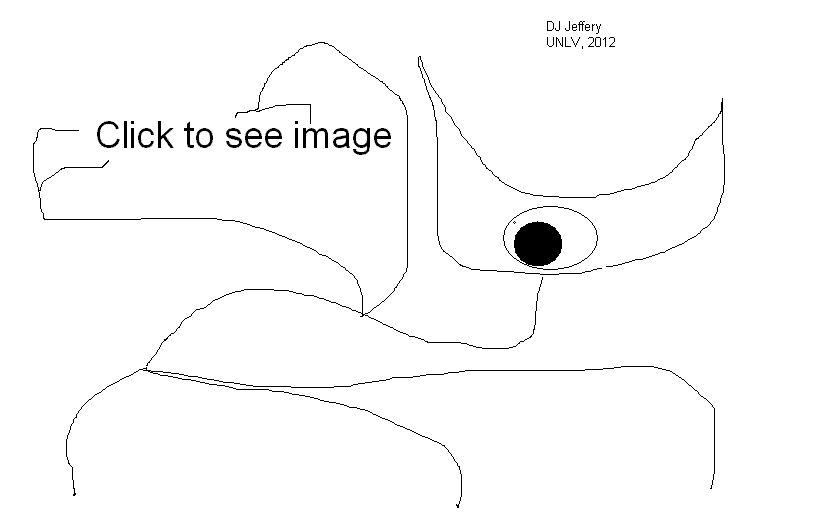
Caption: A cosmological lookup table for the observable universe based on the Λ-CDM model for Λ-CDM model parameters valid circa 2013---which are NOT significantly different from the ones valid circa 2021 for the purposes of the cosmological lookup table. For the 2021 update of the cosmological lookup table (which is NOT so good on-screen), see Sergey V. Pilipenko, 2021, Paper-and-pencil cosmological calculator, arXiv:1303.5961.
The cosmological lookup table correlates the cosmological distance measures:
- cosmological redshift z = (λ_obs-λ_emis)/λ_emis = a_0/a(t)-1, where λ_obs is the observed wavelength. λ_emis is the emission wavelength, a_0 = 1 is the cosmic scale factor at cosmic present t_0 = to the age of the observable universe = 13.797(23) Gyr (Planck 2018), and a(t) is the cosmic scale factor at the emission cosmic time t.
- Hubble parameter H(z) = (da/dt)/a whose cosmic present value is the Hubble constant (fiducial value 70 (km/s)/Mpc).
- comoving distance (measured in megaparsecs (Mpc)) which is the physical distance (AKA proper distance) at cosmic present which is unobservable, except asymptotically as z → 0. Physical distance is by definition the spacetime interval that can be measured at one instant in time by a ruler. For cosmological physical distances, the appropriate time is cosmic time t (with time zero being at the mythical Big Bang singularity).
- distance modulus μ = 5*log(d_pc)-5, where d_pc is physical distance measured in parsecs (pc): 1 pc = 3.08567758 ... *10**16 m = 206264.806 ... AU = 3.26156377 ... ly ≅ 3.26 ly. Distance moduli are usually used only for astronomical objects in the relatively nearby observable universe (see Wikipedia: Distance modulus: Usuage). For example of distance modulus, NGC 4548 (M91) located at 19(5) Mpc has distance modulus μ = 31.0 (see Wikipedia: Distance modulus: Usuage).
- cosmic time t (with time zero being at the mythical Big Bang singularity) measured in gigayears (Gyr). Note cosmic present t_0 = the age of the observable universe = 13.797(23) Gyr (Planck 2018).
- lookback time = t_0 - t measured in gigayears (Gyr).
- size '': yours truly has no idea.
- angle 1 kpc: This is the angle in arcseconds ('') subtended on the celestial sphere by a ruler 1 kpc in length perpendicular to the line of sight. Note, the ruler decreases with cosmological redshift z and physical distance until z ≅ 1.5 and then increases thereafter: the ruler starts looking bigger as it moves farther away, but it still looks fainter. This behavior is a consequence of observing the ruler in an expanding universe: the light from the ruler started out toward us when the physical distance was much smaller. The cosmological distance measure obained by treating the observation of the ruler as in static universe is called the angular diameter distance D_A=L_ruler/θ_ruler which increases with cosmological redshift z until z ≅ 1.5 and then increases thereafter. For angular diameter distance as a function of cosmological redshift z, see Image 2 in Cosmology file: cosmos_distance_z_10000.html.
-
Credit/Permission: ©
Sergey V. Pilipenko,
2013 /
No permission.
Image link: Placeholder image alien_click_to_see_image.html.
File: Cosmology file: cosmological_redshift_lookup_table.html.